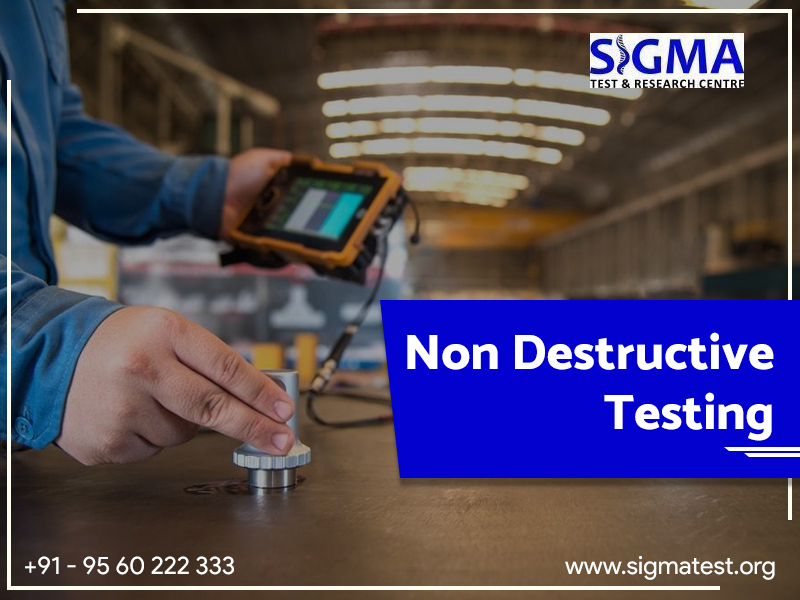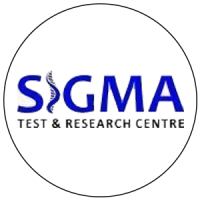Advanced Non-Destructive Testing Methods for Industrial Metal Components

Strong 8k brings an ultra-HD IPTV experience to your living room and your pocket.
In today's fast-paced industrial landscape, the reliability and integrity of metal components are crucial across various sectors such as aerospace, automotive, manufacturing, oil & gas, and construction. Ensuring these components maintain their structural strength without compromising safety or functionality is a top priority. This is where Non Destructive Testing (NDT) plays a pivotal role.
What is Non Destructive Testing?
Non Destructive Testing is a method used to evaluate the properties and condition of a material, component, or assembly without causing any damage. Unlike destructive testing, where the part is damaged or destroyed to assess its performance, NDT allows engineers and technicians to inspect and analyze materials while keeping them fully functional.
These techniques are essential for detecting internal or surface defects, measuring material thickness, verifying structural integrity, and ensuring compliance with safety standards—all without dismantling or altering the original structure.
Importance of Non Destructive Testing in Industry
Metal components in industrial settings are often exposed to extreme conditions—high pressure, heat, vibration, and corrosive environments. Over time, these factors can cause fatigue, cracks, corrosion, or other types of damage that aren't visible to the naked eye.
By using Non Destructive Testing, industries can:
Extend the life of critical components
Prevent catastrophic failures and costly downtime
Ensure safety and reliability
Comply with regulatory and quality standards
Save costs on repairs and replacements
Advanced Non Destructive Testing Methods
With technological advancements, Non Destructive Testing Labs now offer a wide array of sophisticated techniques tailored for specific applications. Some of the most widely used NDT methods for industrial metal components include:
1. Ultrasonic Testing (UT)
This technique uses high-frequency sound waves to detect internal flaws. It’s highly effective for inspecting thick materials and identifying corrosion, voids, or cracks deep within a metal structure.
2. Radiographic Testing (RT)
Radiographic testing uses X-rays or gamma rays to capture images of the internal structure of metal components. It is particularly useful for weld inspections, casting flaws, and structural assessments.
3. Magnetic Particle Testing (MPT)
MPT is ideal for detecting surface and near-surface defects in ferromagnetic materials. It involves applying magnetic fields and observing the patterns of iron particles to locate cracks or discontinuities.
4. Eddy Current Testing (ECT)
This method uses electromagnetic induction to identify surface cracks, conductivity changes, or coating thickness in conductive materials. It’s a fast, sensitive, and non-contact technique.
5. Liquid Penetrant Testing (LPT)
Also known as dye penetrant inspection, this technique is used for detecting surface-breaking flaws. A dye is applied to the surface, and any defects become visible under UV light.
Role of a Non Destructive Testing Lab
A certified Non Destructive Testing Lab plays a vital role in quality assurance and preventive maintenance for industrial sectors. These labs are equipped with state-of-the-art tools, experienced technicians, and industry-standard protocols to deliver accurate and reliable test results.
Working with a professional NDT lab ensures:
Compliance with international standards like ISO, ASME, and ASTM
Detailed documentation and reporting
Expert recommendations for corrective action
Minimal disruption to operations
Conclusion
As industries continue to demand higher levels of performance and safety, Non Destructive Testing has become an essential part of routine inspections and quality control. Whether it's a pipeline, turbine blade, structural beam, or engine part, ensuring its integrity without dismantling or damaging it can save time, money, and lives.
By partnering with a reliable Non Destructive Testing Lab, industries can maintain operational excellence, reduce risks, and uphold safety standards—making NDT not just a tool, but a long-term investment in quality and reliability.
Note: IndiBlogHub features both user-submitted and editorial content. We do not verify third-party contributions. Read our Disclaimer and Privacy Policyfor details.


